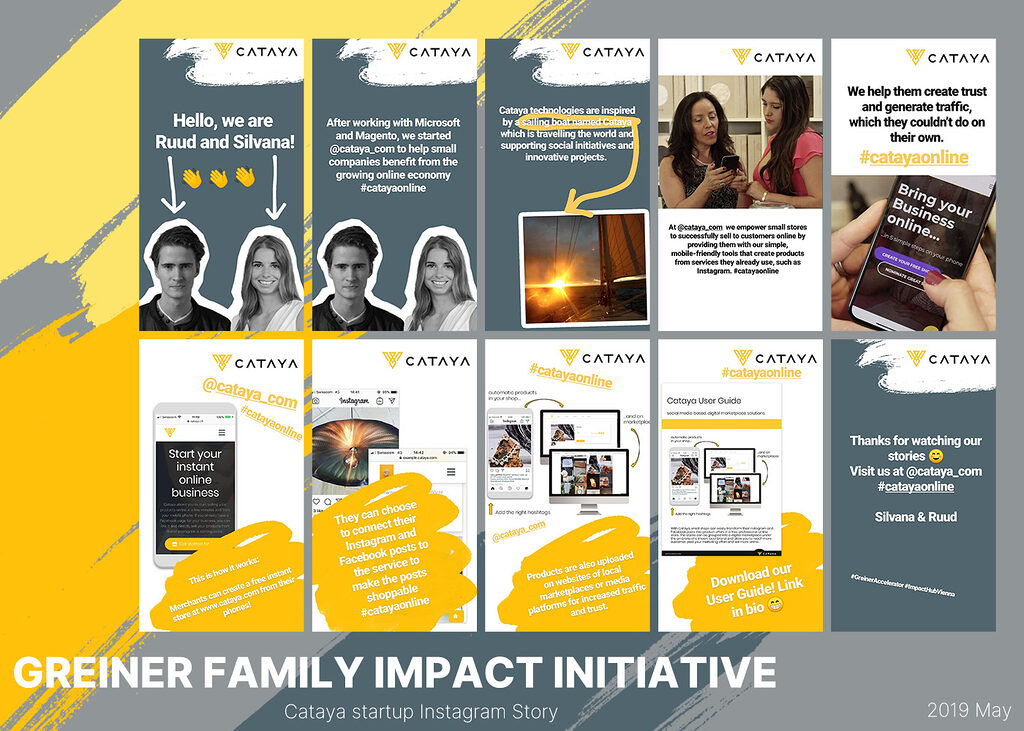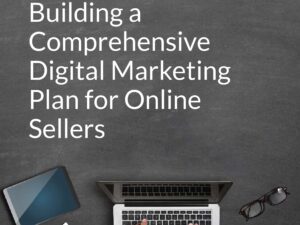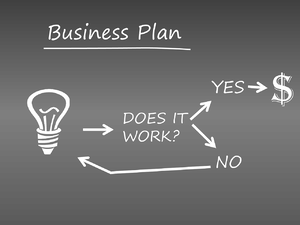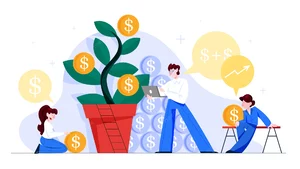In this digital world, it can be hard to stand out from the crowd. Everyone is trying to get their business noticed and sell their products. The good news is that this doesn’t have to be a struggle anymore! Using a sales funnel strategy will help you create demand for your offering and drive more customers through the sales process. In this blog post, we’re going to talk about why you should start using a sales funnel strategy for your business, as well as some activities that you should engage in once you’ve started. Read on to find out more!
1. What is A Sales Funnel?
A sales funnel is a process that a customer goes through as they explore your product or service. It’s a way to funnel a customer through a series of steps to help them find the solution that’s right for them. The steps in a sales funnel are determined by your product or service and how you can help a customer acquire it. You can think of a sales funnel as a funnel made out of your product, and the customers are the little wooden spoons that are being used to scoop up the product.
2. Tips for Setting Up your Sales Funnel
You’ve now set up your sales funnel, and it’s time to start driving customers through it. Before we do, though, there are a couple of things that we need to think about. First of all, you need to think about your customer’s journey through the sales funnel. How will they get from where they are to where you want them to be? And what will they experience along the way? You should try to understand your customer’s needs and wants, and the pain points in their life that your product or service can help them overcome. There’s no point in taking someone through your sales funnel if they don’t have a problem or two that your product or service can help solve.
3. Activities in a Sales Funnel Strategy
Now that you’ve got your customer’s needs and wants to be listed down, it’s time to start sending them through your sales funnel. There are a few activities that you should engage in when you’re setting up your sales funnel.
- Get some qualified leads
- Create a sales funnel template
- Engage with your leads
- Create a lead magnet for your autoresponders
- Create a sales page for your sales funnel
- Create a landing page for your sales funnel
- Create an email sequence for your sales funnel
- Create a customer review process for your sales funnel
- Track your conversions in your CRM
- Generate traffic for your sales funnel
- Optimize your sales funnel landing page
- Keep your sales funnel consistently
4. Create a Sales Funnel Template
A sales funnel template is what you use to guide your customers through your sales funnel. It will act as a blueprint for you as you engage with your customers and help to keep things consistent. You’ll want to make sure that the sales funnel template you create is straightforward and doesn’t have any confusing elements. To make things simple, you’ll want to create a sales funnel template that’s as straightforward as possible. You don’t want to create too many hoops that your customers have to jump through, otherwise, they may get frustrated. To keep things simple, don’t include features that you don’t think your customers will require. You want to focus on the requirements that are most important to your customers.
5. Engage with Your Leads
When you’re setting up your sales funnel, it’s important that you engage with your leads. You can do this in a couple of different ways. First, you can send your leads a series of emails that keep them up to date on where they are in the buying process. If you’re using a sales funnel strategy, you can also create a lead magnet that you can use to keep your leads engaged. The best way to keep your leads engaged is to send them helpful articles and blog posts that add value to their lives. You can do this by using a content marketing strategy for your business.
6. Create a Lead Magnet for Your Autoresponders
If you’ve got an autoresponder sequence in your sales funnel, it makes sense to create a lead magnet that you can use to keep your customers engaged with you. The best way to create a lead magnet for your autoresponders is to find a way to add value to your customers’ lives. This could be anything from creating a free report that helps people with a certain problem to giving away free content.
7. Create a Sales Page for Your Sales Funnel
Once you’ve got your sales to funnel set up, you’ll want to start creating sales pages for it. A sales page is a landing page that’s specific to your sales funnel. You want to make sure that your sales page is as specific as possible to your sales funnel. The best way to create your sales page is to use an online sales page builder like Weebly or Wix. Once you’ve created your sales page, you can engage with your customers using all of your usual marketing channels.
8. Create a Landing Page for Your Sales Funnel
Once you’ve got your sales page set up, it makes sense to create a landing page for your sales funnel. This will help you convert your visitors into leads, and can be used for marketing purposes. The landing page for your sales funnel strategy should be as specific as possible to your sales page. This landing page can be used for lead gen and can be used for your marketing and lead generation purposes.
9. Create an Email Sequence for Your Sales Funnel
Once you’ve set up your sales funnel, it makes sense to create a series of emails in your email sequence. The best way to create an email sequence for your sales funnel is to use a lead magnet to engage with your customers. This will help to keep your customers engaged, and can be used to keep your sequence consistent.
10. Create a Customer Review Process for Your Sales Funnel
Once your sales funnel is set up, you’ll want to create a customer review process for it. This will allow you to create a review-based sales funnel and increase your conversion rate. The best way to create a customer review process for your sales funnel is to use a service like a review. This will help you organize your customer reviews and add value to your customers’ lives.
11. Track your Conversions in Your CRM
Once you’ve set up your sales funnel, it makes sense to start tracking your conversions in your CRM. This will let you watch which activities are driving the most sales, and can be used to optimize your sales funnel. The best way to track your sales funnel conversions in your CRM is to use an activity feed in your sales funnel strategy. This will let you keep things organized and will help you to track your sales funnel conversions.
12. Generate Traffic for Your Sales Funnel Landing Page
Once you’ve set up your sales funnel, it makes sense to start driving traffic to the sales funnel landing page. This will help you to get more sales on your sales funnel landing page, and can be used for lead generation. The best way to drive traffic to your sales funnel landing page is to use an authority-based blog post that adds value to your customers’ lives.
13. Optimize your Sales Funnel Landing Page
Once you’ve set up your sales funnel, it makes sense to start optimizing your landing page. This will help you to convert more visitors into leads and can be used for lead generation. The best way to optimize your sales funnel landing page is to use a conversion rate optimization tool like Optimizely. This will help you to optimize your landing page and will help you to get more sales from your visitors.
14. Keep your Sales Funnel Consistently
Once you’ve set up your sales funnel, it makes sense to keep your sales funnel consistently. This will help to keep your customers engaged with your brand and can be used for lead generation. The best way to keep your sales funnel consistently is to create a sales funnel checklist and follow it. This will help to ensure that you’re keeping your sales funnel consistent, and will help you to lead more customers to your sales page.
Conclusion
Now that you know what a sales funnel strategy is, and what you need to do to set one up, we hope that you’ve gotten excited about this new sales strategy for your business.





